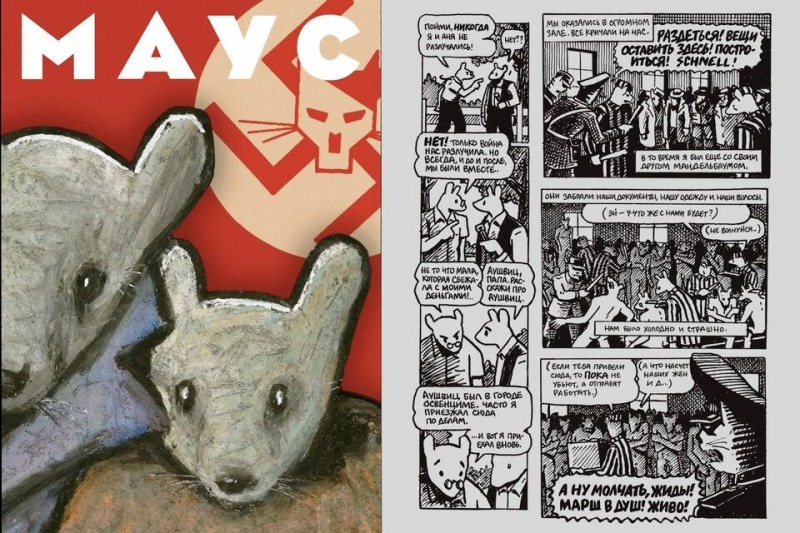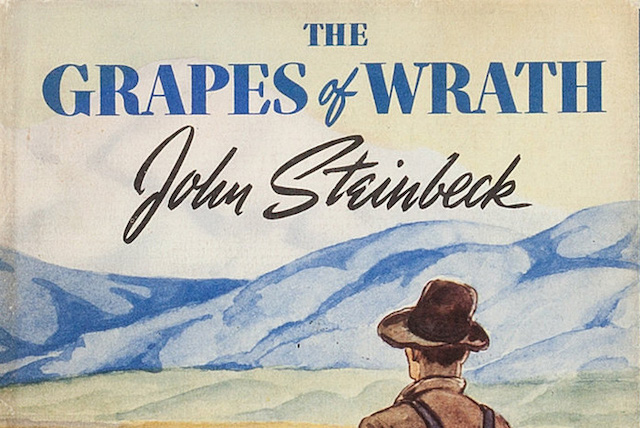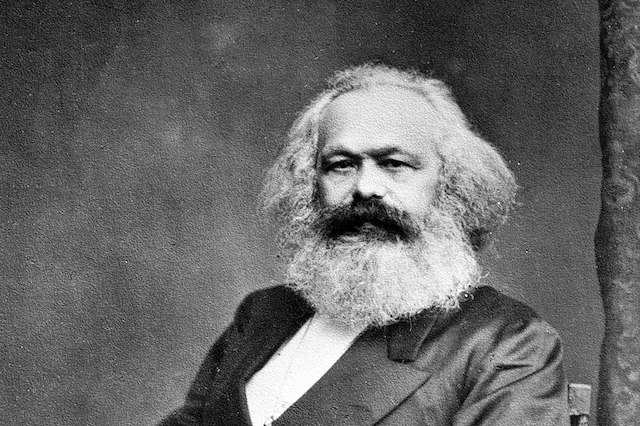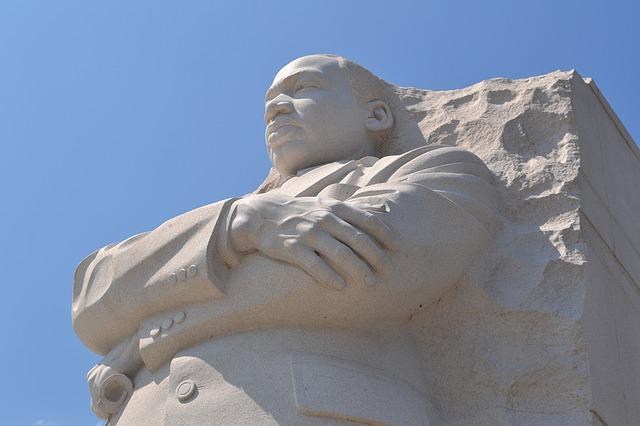Today, book bans are more common than we would like to think or admit. Every year, hundreds of books are challenged in an attempt to keep them out of the public eye. The reasons for these groups can be many different things, depending on who is trying to ban the book.
At its core, the practice of banning books is an attempt to reduce the spread of certain things that people find unacceptable to society. Of course, this means things like violence, disrespect for authority (parents, police, political leaders, authority figures, etc.), and a host of other things. But the main reason books are banned is to stop the spread of certain ideas. Some of these bans are harmless, while others have serious consequences. Such as…
10. Mouse

Ban ""Mouse" — is a fairly new entry into the book banning debate. It is also one of the most high-profile examples of banned books in recent history. Maus is a graphic novel created by American cartoonist Art Spiegelman. It was serialized between 1980 and 1991. Spiegelman created the narrative for Mausa , interviewing his father, who was a Polish Jew and a Holocaust survivor. As a result, he created a story in which Jews were portrayed as mice and the villains, in this case Germans and Poles, as cats and pigs.
It could be argued that this is an important story that everyone should read and digest to understand the Holocaust in a more palatable way, which has been the target of successful efforts to ban the books. In January, the McMinn County School Board in Tennessee voted unanimously to ban the books entirely. Mausa from the eighth-graders' curriculum. What's interesting about the ban Maus, is that, while it seems limited to a region in one state, it is part of a growing trend where history is increasingly whitewashed. In this case Mouse was simply a lightning rod. As a result of the ban on books Maus saw a huge increase in interest and sales.
9. Alice's Adventures in Wonderland

Most people are familiar with the story about Alice's Adventures in Wonderland , but some may be surprised to learn that this book was once subjected to serious testing. "Alice's Adventures in Wonderland" follows Alice as she falls down a rabbit hole into a fantasy world where little makes sense. Originally published in 1865, the first ban came in 1900, when New Hampshire banned it for promoting sexual fantasy and self-gratification. However, it is considered more likely that the ban was due to the author's promiscuity rather than the material itself. Of course, this is not the first or only attempt to ban "Alice's Adventures in Wonderland" .
In China in 1931, the government censor General Ho Chien banned the book because of its depiction of animals. More specifically, animals that behaved like humans. He believed that putting animals on an equal footing in the eyes of children was not only offensive to humans, but also harmful and dangerous. This speaks volumes about China's beliefs about animals, which are believed to be that the Chinese view animals as "human tools and property."
In the 1960s, nearly a decade after Disney made his animated film based on the book, the United States again tried to ban "Alice's Adventures in Wonderland. The reason this time? Drug use. Despite its success at the time, the fantastic story of Charles Lutwidge Dodgson lives on.
8. The Grapes of Wrath

After the Joad family in the 1930s, a family of farmers who lost everything in the Oklahoma Dust Bowl, "The Grapes of Wrath" have become an American classic. The core of the story is set in the aftermath of the Great Depression, as the Joad family seeks opportunity in California. However, it is not only about the family's struggles, but also about the plight of ordinary people during this catastrophic moment in economic and American history. You might think it would be a key read, but not everyone will agree with that assessment.
"The Grapes of Wrath" were banned across the country, in various counties and cities. Some of the book's biggest opponents were residents of Kern County, California, where the fictional Joad family was based. In 1939, they voted 4 to 1 to ban the book from county schools and libraries. The challenge was helped by the local Associated Farmers, who were unhappy with the outrage it caused over their labor practices. As a result, they called the book a "book of lies" and even went so far as to publicize the book burnings.
AF was not alone, numerous media outlets and organizations launched a campaign to vilify the book and distort its message, and in some ways it worked. The book itself became a villain, a poster boy for anti-Americanism, the drive for communism, and anti-individualism. However, the ban"The Grapes of Wrath" is considered a key event in the creation of the Library Bill of Rights. So in this case, banning books helped everyone by protecting knowledge that was too accessible.
7. Lolita

If ever there was a more polarizing book, it would be "Lolita". This book was published in 1955 and was written by Russian-American author Vladimir Nabokov and is about a fictional author who becomes obsessed with his 12-year-old stepdaughter, causing him to kidnap her and the two begin a strange and abusive relationship. Of course, it is easy to see why this book was challenged and why it won in many cases. The book was banned in many countries such as England in 1955, France in 1956, Argentina in 1959 and New Zealand in 1960. This helped Nabokov as he did not publish the book in the US until 1958 and the bans created a ton of press for his upcoming book.
The book, despite being a bestseller, was met with mixed reactions from many. While some called it grotesque, others called it one of the best of the year and believed it could become a classic. The book was banned in many countries due to the obscenities in the book. However, perhaps more interestingly, the book was never banned in the United States. It is likely that the 1933 case of The United States of America v. One Book Called Ulysses had something to do with it. Of course, the book is still being contested around the world. But still, Lolita , however controversial it may have been, is no longer banned and remains as controversial as ever.
6. The Handmaid's Tale
Margret Atwood is a prolific writer who has written many books since 1961, but few have left such an impact as "The Handmaid's Tale." The book, originally published in 1985, has evolved into a gripping tale of a dystopian future set in New England, which is now a totalitarian state based on Christian law, officially known as the Republic of Gilead. In this republic, women are assigned to classes, one of which is to reproduce for their masters and their barren wives. Atwood's haunting story was banned not only locally in the United States, but also in other countries such as Spain and Portugal.
In the current political climate surrounding the abortion debate around the world, but especially in the United States, "The Handmaid's Tale became more relevant and complex. Atwood responded directly to these efforts and threats to ban books by creating a copy of the book that could not be burned at all. This is considered one of the most interesting responses to persistent efforts to ban books.
5. Spycatcher
An interesting ban on the book is"Spycatcher". This book, written by former assistant director of MI5 in the UK, Peter Wright, caused quite a stir when it was first published in 1987. Wright tells his own story and draws on the history of the British intelligence community to create a compelling memoir. Of course, the book infuriated many in power in the British government and intelligence services. Why? Because it revealed truths they didn’t want the public to know, such as how the agency operated outside the law, where the only rule to follow was not to get caught. With this book, the world of espionage was thrown wide open. As a result, the British government went to great lengths to suppress the material. However, this only made the book even more successful abroad.
"Spycatcher" caused a stir in the UK, where the government targeted not only the book itself, but also the newspapers and media outlets that published material from the novel. Their efforts went as far as trying to ban the book in other countries, such as Australia, where Peter Wright lived for several years after retiring from the agency.
4. The Communist Manifesto

Published back in 1848,The Communist Manifesto" , written by Karl Marx and Friedrich Engels, was controversial from the start. In fact, it was not considered a book, but a “political pamphlet.” The document would become one of the most influential political documents in the world. The manifesto addressed capitalism and promoted the idea of communism. In any case, "The Communist Manifesto" created a blueprint for the communist movement. He saw a future in which the working class overthrew the ruling class and created a more just environment for everyone to prosper equally.
The infamous political document was banned in many countries, including Russia, Germany, and the United States. When it was banned in Russia, it was during the reign of the Romanov imperial dynasty. Of course, this ideology was at odds with the very system they had created. Although they were not a capitalist society, they were the very definition of a ruling class, and their rule was threatened by this document. The manifesto was able to start a revolution in France almost immediately after its publication. Although it was ultimately unsuccessful, Vladimir Lenin, a renowned Marxist, won the victory in Russia in 1917.
3. Mein Kampf

As any basic World War II history lesson will tell you,"Mein Kampf" was the autobiographical manifesto of Adolf Hitler. First released in 1925, more than a decade before World War II, Hitler published his 720-page manifesto in two volumes, one in 1925 and one in 1926. Mein Kampf, which translates as "My Struggle" , was almost a blueprint for the ideology and thinking that created Nazism. The book was nothing more than a list of grievances, racist thoughts, and dangerous ideas about what Germany should be like after World War I. As history tells us, that is what it was.
During Hitler’s time in power, the book became a success and even became required reading. Of course, we know that Germany lost the war and Hitler committed suicide in 1945. After his death, Germany was left with yet another tarnished legacy and the manifesto of its worst dictator. So, they did their best to destroy the book’s very existence. The book was banned in Germany after Hitler’s death, as well as in several other countries, including Australia, Austria, and the Netherlands. At one point, Amazon even banned the book from sale, but that was quickly reversed.
Unfortunately for Germany, they can’t stop all of this, as the book entered the public domain in 2015, and anyone is now allowed to print the book and distribute it, which has raised concerns in Germany that Hitler’s ideas could become popular again. In response to the book becoming available again, the German Institute for Contemporary History published a copy of the book, which was a critical edition contextualizing Hitler’s ideas and role, and how the ideology was the blueprint for World War II and the Holocaust. Although the ban “Mein Kampf" makes sense, it raises the broader question of whether it has done more harm than good, since many book bans have led to increased interest.
2. Why we can't wait

The civil rights movement in the United States was one of the most challenging times to fight for equality, and at the helm was Martin Luther King Jr. He was by no means alone in this fight, but he became the voice of millions and was extremely influential and active in the cause until his assassination in 1968. During his life, Martin Luther King Jr. was a prolific author, writing six books, with several more published posthumously, collecting speeches, sermons, essays, interviews, etc. One such book, The Song That Caused the Biggest Stir "Why can't we wait" but it caused an even bigger stir in South Africa.
By the time of the ban, Martin Luther King Jr. had already been assassinated. His name was known around the world, and he had even spoken about South Africa in connection with apartheid. His book was banned for a very specific reason that 21st century minds have a hard time justifying. The reason, on which "Why can't we wait" was banned was that the book was critical of white supremacy. During apartheid, South Africa was exactly that: it was built and run by white supremacists. There were many books of a similar nature banned in South Africa during apartheid, all with similar themes of criticism of the apartheid system that eventually fell in 1994.
1. Lady Chatterley's Lover
Like"Ulysses" James Joyce, "Lady Chatterley's Lover" was one of the most difficult books to test in history. First published in 1928 and written by D. H. Lawrence, this classic novel tells the story of the romance between Constance Reed and Oliver Mellors, her husband's educated gamekeeper. The book itself was barely officially released before it was banned. Instead, it was privately published and sent to people all over the world.
Throughout its existence, the book has been subject to severe trials and in many countries it has been banned outright. The book itself, published in 1928, was banned in the United States until 1959, and in 1960 the United Kingdom finally got an uncensored version of the famous book. Elsewhere around the world, the book has been tried in obscenity trial after trial, including in Canada, India, Australia and Japan. It is important to understand that we live in a very different world than when " Lady Chatterley's Lover" was first released. Erotic novels and films are much more common these days than they ever were in the early 20th century. In any case, the existence of novels such as 50 Shades of Grey, may be related to "Lady Chatterley's Lover" , because once the book was unbanned, the sexual revolution of the 60s began. And now here we are; saturated with Lady Chatterleys and their lovers.













Оставить Комментарий